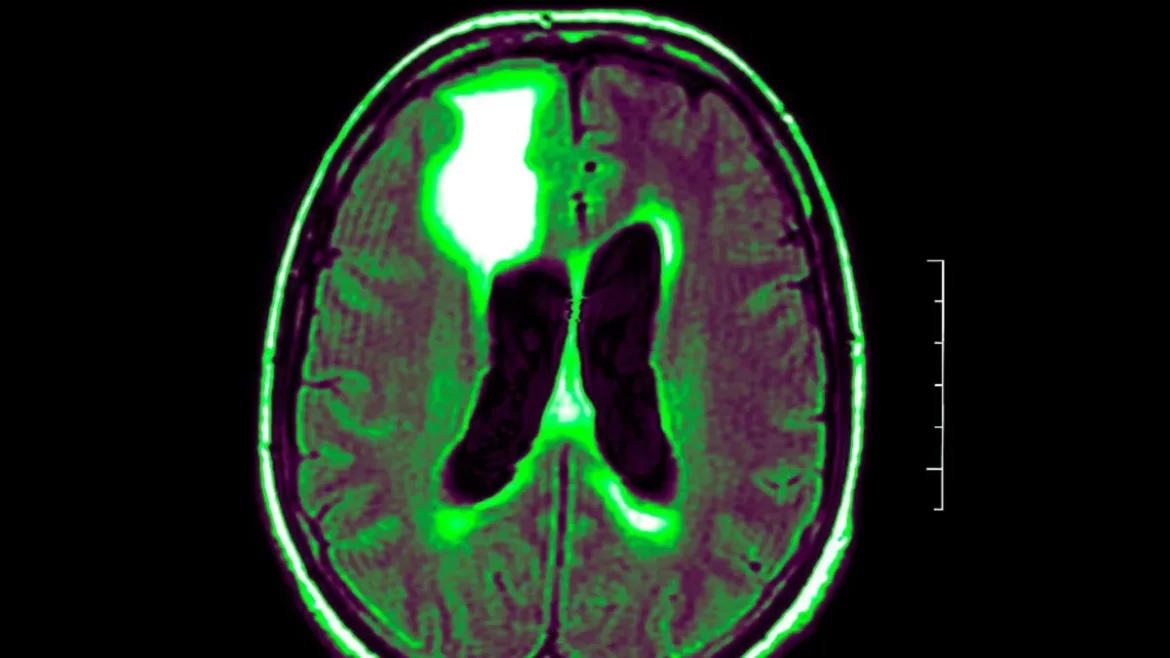It is very difficult to create drugs that successfully cure neurological problems. Over the last several decades, scientists have begun exploring the potential of laser therapy as a complementary treatment for conditions including melancholy and autism, as well as for enhancements to memory and cognitive function.
In transcranial photobiomodulation (tPBM), non-ionizing radiation sources such as light-emitting diodes (LEDs) or visible and infrared light are used to directly target specific regions of the brain. There is some evidence to suggest that this therapy may alleviate symptoms associated with illnesses of the central nervous system. Although researchers have had trouble assessing tPBM’s efficacy, they have identified dose as a potential problem. Evidence has emerged, as standardization has improved, that tPBM does influence metabolic activity in certain brain regions.
Recently, the range of 600–1100 nm has become the norm for tPBM. An increase in ATP synthesis and the activation of particular biochemical pathways that alter cellular metabolism are attributed to TPBM, which is considered to work by stimulating complex IV of the mitochondrial respiratory chain with photons.
The use of noninvasive brain stimulation methods, such as the application of electrical or magnetic fields to the scalp or numerous brain circuits, has been proven to improve working memory function in recent decades.
Studies in animals and people have shown that TPBM increases brain oxygen consumption, blood flow, and metabolic energy generation. Evidence from mice models suggests that tPBM may enhance cognition in people with dementia or Alzheimer’s disease. TPBM may also boost neuroprotection via numerous methods.
Memory is enhanced and brain oxygenation and activity are boosted by tPBM in rats. Cognitive and memory enhancement, and even reversal of memory problems, have been shown in several animal models when tPBM was administered.
The effects of tPBM on human volunteers were recently investigated in a paper published in Science Advances. Laser light with wavelengths of 1,064 nm was focused on the right prefrontal cortex of one set of male and female volunteers aged 18 to 25 for a total of twelve minutes. In a third group, participants were shown light of a shorter wavelength, while in a fourth group, illumination was directed towards the left prefrontal cortex. To further disprove the presence of a placebo effect, an inert tPBM was employed as a control.
The participants in the research were given a memory test in which they had to remember the position and color of objects shown on a screen. Patients who were exposed to 1,064 nm light on the right prefrontal cortex showed significant memory improvement, recalling four or five things, compared to the other treatment groups’ recall of three or four.
Changes in brain activity, as measured by electroencephalogram (EEG), suggested the subjects would exhibit improvement in cognitive tests.
Study co-author and visiting graduate student at the University of Birmingham’s Center for Human Brain Health Dongwei Li speculated that “those with diseases like ADHD or other attention-related problems might benefit from this form of therapy,” since it is “safe, uncomplicated, non-invasive, and with no side-effects.”
The mechanisms behind the therapy and the durability of the results have to be elucidated, and it is unclear whether or not these findings are reliable.
Professor Ole Jensen, also from the Center for Human Brain Health, and a coauthor on the paper, agreed that further investigation was required. It’s possible that the light is increasing the productivity of a kind of cell in the prefrontal cortex called astrocytes.
Information gathered from Science Advances, the University of Birmingham, and the Journal of Photochemistry and Photobiology B: Biology.
